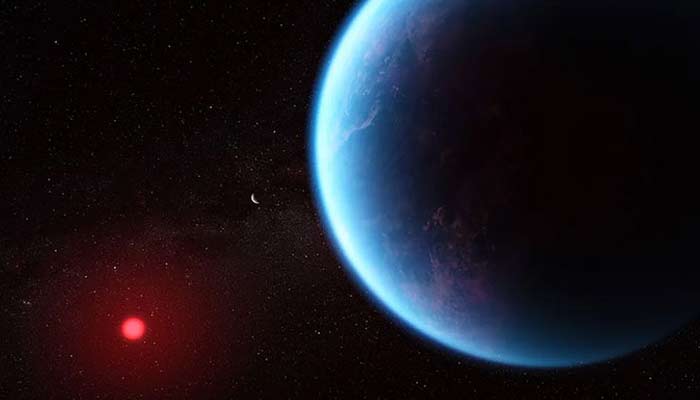Scientists finally find signs of life on planet twice the size of Earth
Planet K2-18b's atmosphere believed to contain gas "only produced by life"
April 28, 2024

In a historic event, researchers have detected a gas in the atmosphere of the planet K2-18b that could be "only produced by life", according to a recent report by The Times.
This comes as scientists from the search for extraterrestrial intelligence (SETI) revealed that scientists may soon find evidence of life outside our solar system via the James Web Space Telescope (JWST), the largest telescope ever sent into space.
The planet K2-18b is located beneath a constellation Leo, orbiting a star K2-18 which is believed to be roughly half the size of the sun.
This planet is around 2.6 times bigger than the Earth and, according to the report, scientists believe that dimethyl sulphide (DMS) gas in it's atmosphere may have been produced by "phytoplankton in marine environments".
Researchers are more than 50% confident that DMS is present in the planet's atmosphere
However, so far, they have been unable to prove that DMS could be produced in the absence of living beings. But it is not a "conclusive evidence".
JWST, launched into space in 2021, conducts infrared astronomy, revealing several wonders, including the breathtaking pictures of space it sends to the National Aeronautics and Space Administration (Nasa).
It has already discovered planets such as Wasp-107b, a planet with mass eight times that of Earth, and the giant planets of the Orion Nebula.











